The stock market rally has made India's top 100 billionaires richer by 40% in the last one year. As many as 32 have more than doubled their wealth, while 6 have more than tripled it.
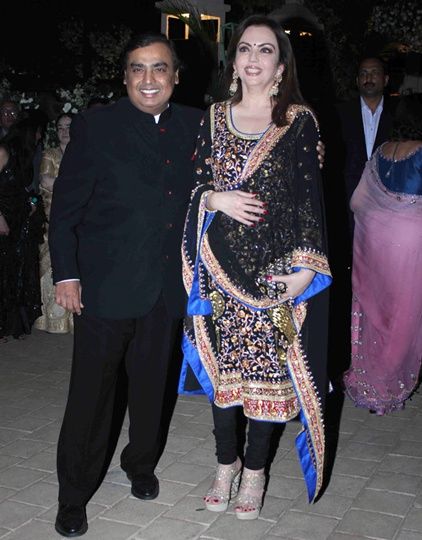
One hundred Indians became richer by Rs 4,64,067 crore (Rs 4.64 trillion) between January 2014 and January 2015.
They are members of The Billionaire Club, Business Standard's annual ranking of the richest Indians on the stock market.
Their gains - just their gains - are enough to meet the Narendra Modi government's disinvestment target for 2014-15 ten times over. After easing the government's misery, they would still be left with Rs 34,067 crore (Rs 340.67 billion).
If they chose, they could build over 13 million toilets (at Rs 25,000 each) with this money and end open defecation once and forever in the country. India would become clean, several diseases would vanish and women would be safer.
Tourists would rush to the country and productivity would improve.

With the stock market climbing 32 per cent in the year to January 2015, fuelled by the hope that Prime Minister Modi would unshackle the animal spirits by making it easier to do business in India and by fixing the government's leaky finances as well as the easy monetary policy of the United States Federal Reserve, The Billionaire Club's net worth climbed almost 40 per cent.
Of the 100 on the list, only eight lost wealth and one saw no change - all others benefited from the stock market rally. As many as 32 - a third of the members of this elite group - saw their wealth more than double in the period. Six more than tripled their worth.
The Billionaire Club: Fortune's favourites
Sixty-one would have been billionaires in January 2015 even if their stock market wealth was measured in dollars, up from 43 a year ago.
Kishore Biyani of Future Retail was the 100th name on the list this year with a net worth of Rs 3,321 crore (Rs 33.21 billion). In last year's list, it was Rohtas Goel of Omaxe with Rs 1,877 crore (Rs 18.77 billion).
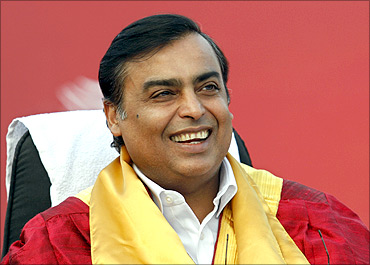
The entry barrier for The Billionaire Club is at an all-time high - it now takes a lot more to get into this list.
Mukesh Ambani of Reliance Industries continues to be the richest Indian, having gained Rs 4,572 crore (Rs 45.72 billion) in the past one year. But his heft on the list is in decline.
In January 2014, he was over 10 per cent of the total wealth of The Billionaire Club; in January 2015, his share is down to 7.5 per cent. That's because others have recorded bigger gains.
The Billionaire Club: Fortune's favourites
The stock of Dilip Shanghvi of Sun Pharma went up a whopping Rs 36,216 crore (Rs 362.16 billion) during the period.
This catapulted him past Azim Premji of Wipro and Sunil Mittal of Bharti to become the second-richest Indian.
In two years, 2013 and 2014, Shanghvi has added over Rs 65,000 crore (Rs 650 billion) to his wealth!
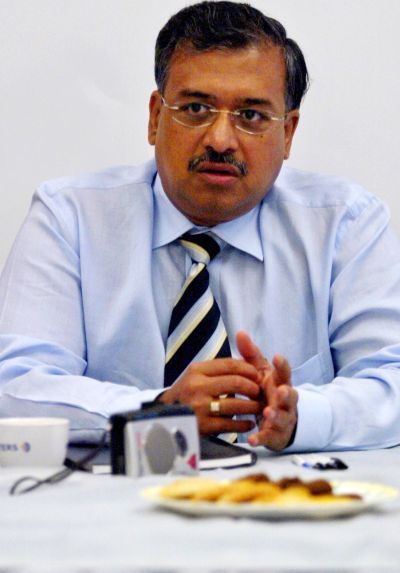
The latest gain happened in spite of the fact that Sun Pharma bought crisis-ridden Ranbaxy in April last year in an all-stock deal from Daiichi Sankyo of Japan.
This shows that investors believe Shanghvi will be able to unlock value in Ranbaxy, notwithstanding the regulatory problems the pharma company faces in the United States, its largest market, over the quality of its products.
The second biggest gainer was Gautam Adani of Adani Enterprises, the earthy businessman from Gujarat.
The Billionaire Club: Fortune's favourites
His wealth in January 2014 was Rs 20,923 crore (Rs 209.23 billion). A year later, it stood at Rs 43,721 crore (Rs 437.21 billion), up Rs 22,798 crore (Rs 227.98 billion).
As a result, he jumped from the 11th slot in the last edition of The Billionaire Club to the 6th in the latest one.
Adani's stock climbed soon after Modi's elevation to the prime minister's office. The two were always perceived to be close.
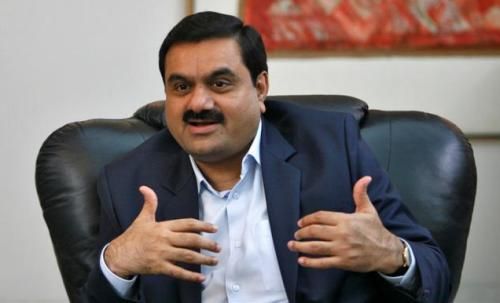
In the run up to the elections, detractors alleged that Modi, as the chief minister of Gujarat, gave undue favours to Adani, including land at throwaway prices.
On his part, Adani clarified that the concessional land he got was when the Congress was in power in the state and that he had significant business interests outside Gujarat too, including states not ruled by the Bharatiya Janata Party.
Anyway, investors were convinced Adani had struck a pot of gold the day Modi became the prime minister.
The Billionaire Club: Fortune's favourites
United Breweries' beleaguered Vijay Mallya, once the undisputed king of good times, too saw his wealth go up Rs 829 crore (Rs 8.29 billion) to Rs 5,898 crore (Rs 58.98 billion).
The list of those who have lost wealth is topped by Naveen Jindal of Jindal Steel & Power, whose worth eroded by Rs 5,410 crore (Rs 54.10 billion).
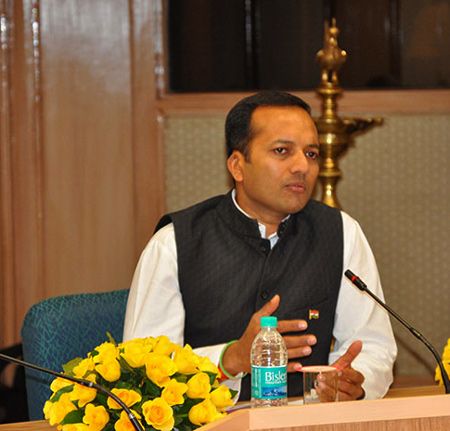
Incidentally, the businessman-shooter-politician-aviator-crusader headed the list in the last edition of The Billionaire Club as well.
Between 2013 and 2014, his wealth shrank Rs 15,686 crore (Rs 156.86 billion). In 2013, investors hammered the stock of his company over its alleged involvement in Coalgate, the opaque allotment of coal mines by the United Progressive Alliance from 2006 to 2008.
In 2014, the Supreme Court cancelled the allotment altogether, which worsened the prospects for Jindal's company.
He seems to have suffered on another front too: his compensation as Jindal Steel & Power chairman fell from Rs 55 crore (Rs 550 million) in 2012-13 to Rs 37 crore (Rs 370 million) in 2013-14 (it was Rs 73 crore in 2011-12), which pushed him down from the third position on the list of the country's highest paid CEOs to the seventh.
Second on the loss list after Jindal is Anil Agarwal of Sesa Sterlite, mainly due to the challenges he faces across businesses. His iron ore business was hit after the Supreme Court banned mining in Karnataka and Goa.
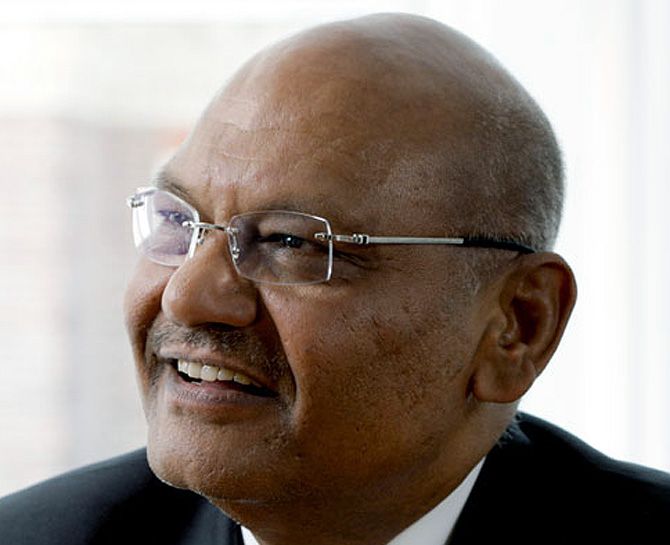
Mining has restarted in the two states but the volumes are low. The contract for Cairn Energy's oil fields in Rajasthan expires in 2020, and there have been reports that the government may renew it but only after tinkering with the terms.
Agarwal's alumina refinery at Lanjigarh in Odisha is functioning at 25 per cent capacity after it was denied bauxite from the Niyamgiri hills. "They (the Odisha government) brought me here as a bride. How they treat me here, good or bad, depends on them," Agarwal had told Business Standard some months ago.
Another name that has featured on the last two lists of top losers is K P Singh of DLF. In the last couple of years, his wealth has eroded by over Rs 9,500 crore (Rs 95 billion).
The Billionaire Club: Fortune's favourites
The real estate market, residential as well as commercial, is in the dumps. Most cities have a huge pile up of unsold apartments and it might take several years to clear the inventory.
Few companies are on expansion mode, which has softened the demand for office space. And there are no takers for shops inside malls, thanks to the onslaught of e-retail. Then there is increased buyer activism against delays and other manipulations by developers.

The Supreme Court, in August last year, ordered DLF to pay a fine of Rs 630 crore (Rs 6.3 billion) imposed on it by the Competition Commission of India for alleged unfair business practices.
Still, of the seven real estate tycoons in The Billionaire Club, only one saw his wealth decline: Singh.
Among sectors that contributed to The Billionaire Club, pharmaceutical is on top with as many as 16 entries.
 This is a clear indication that in spite of the several instances of poor quality and intense pressure from the United States on the Indian government to tighten its patent regime, investors feel India's story of being the biggest supplier of inexpensive generic medicine to the rest of the world is far from over.
This is a clear indication that in spite of the several instances of poor quality and intense pressure from the United States on the Indian government to tighten its patent regime, investors feel India's story of being the biggest supplier of inexpensive generic medicine to the rest of the world is far from over.
Pharmaceutical is followed by automobile (11 entries) and information technology (eight).
It is likely that The Billionaire Club will look very different in the years to come, once the new-age entrepreneurs debut on the stock market.
Even now, many of them are highly valued but didn't make it to the rich list. Many of them could list in the future, and that will change the complexion of the game.
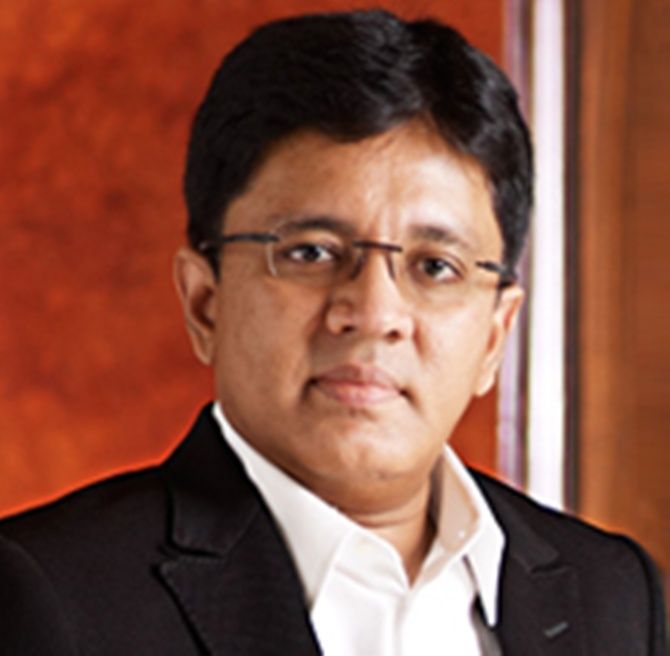
Among CEOs, Kalanithi Maran, executive chairman of Sun TV Network, and his wife, Kavery Kalanithi, executive director of the company, were the highest paid in 2013-14, as they were the previous year too.
Behind them is Kumar Mangalam Birla, chairman of Grasim Industries. As many as 20 CEOs suffered a pay cut, which shows that the corporate sector's earnings were under strain in 2013-14.
In 2014, The Billionaire Club benefited from the stock market rally, though the real economy stayed sluggish. If it does not improve in 2015, will the investors' love affair with India continue? That's the billion-dollar question.











